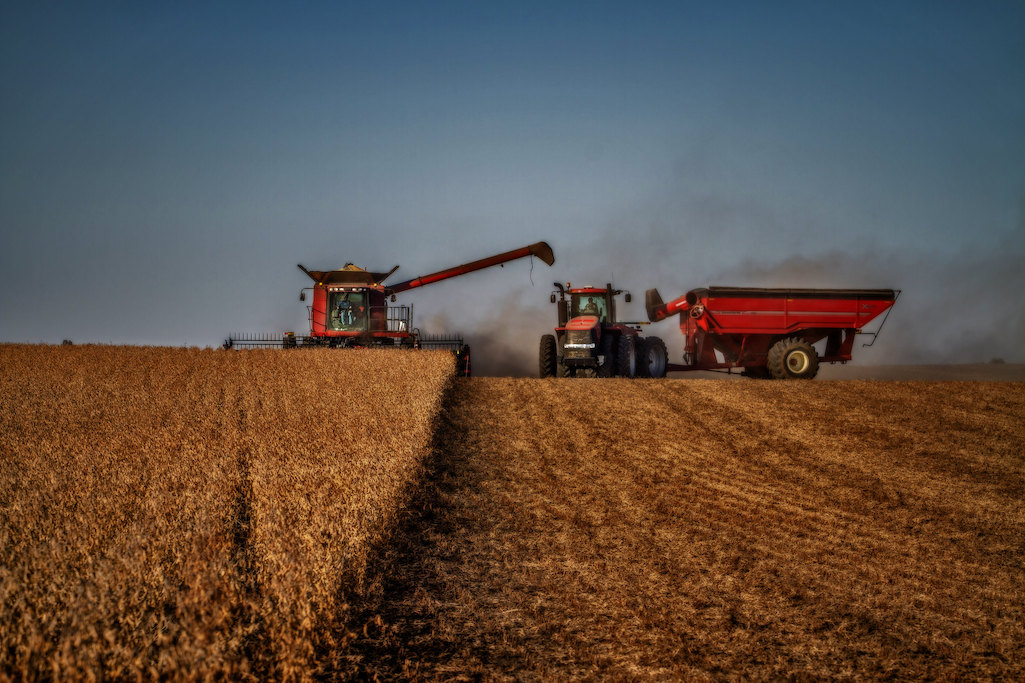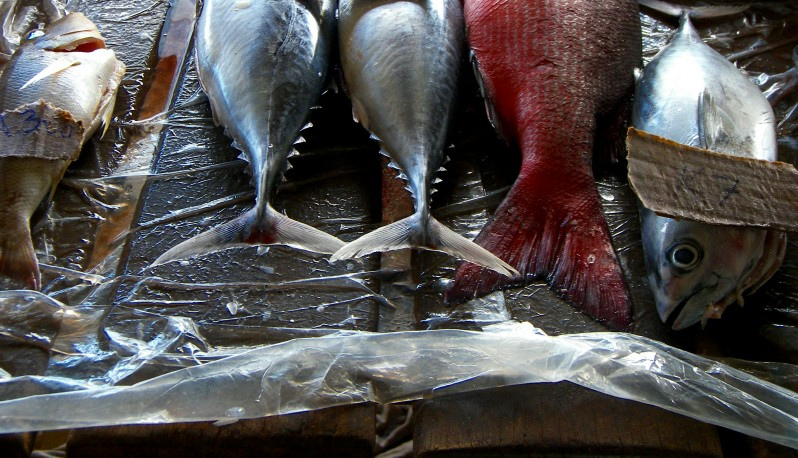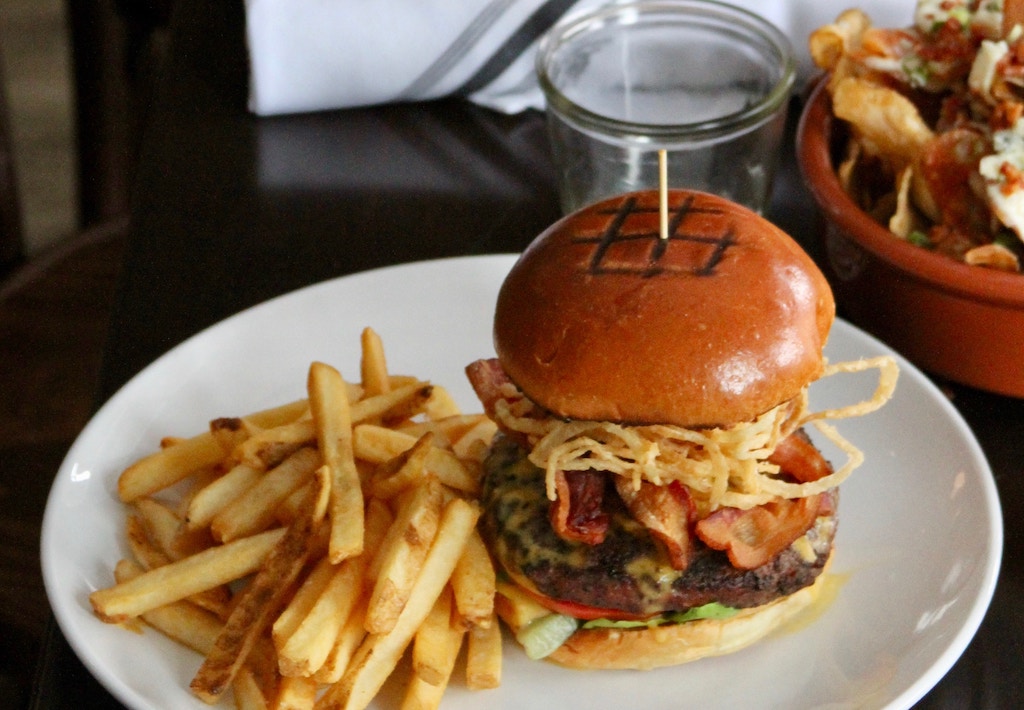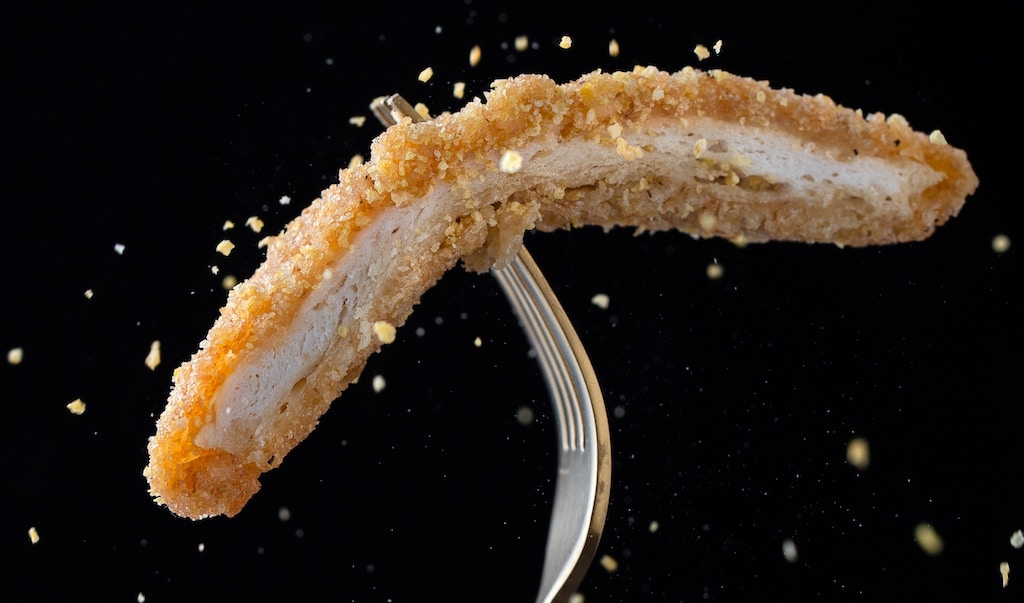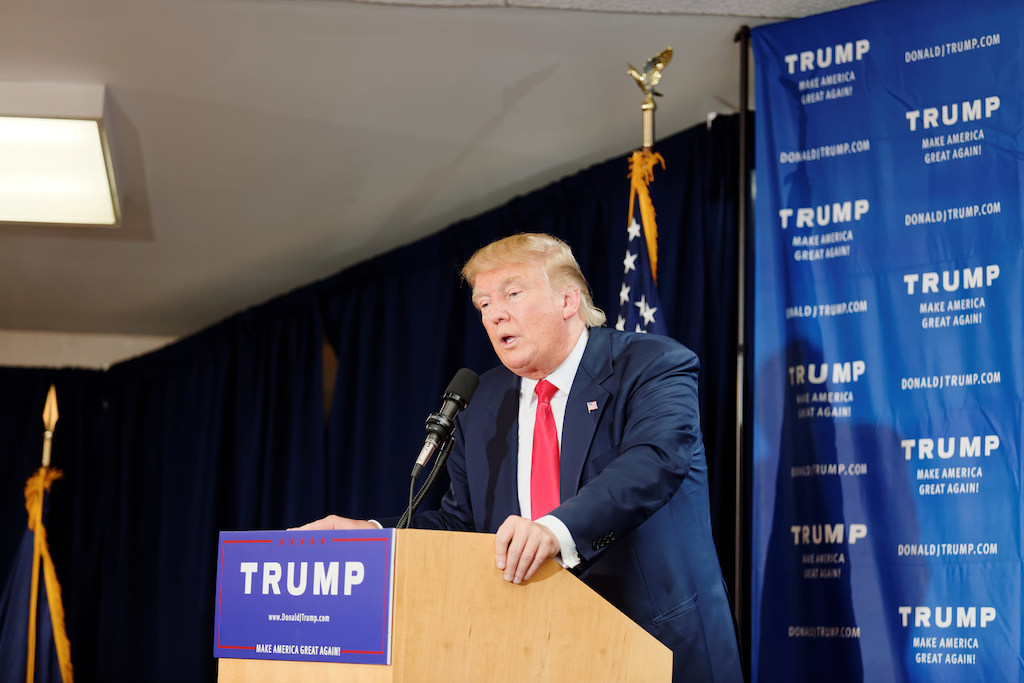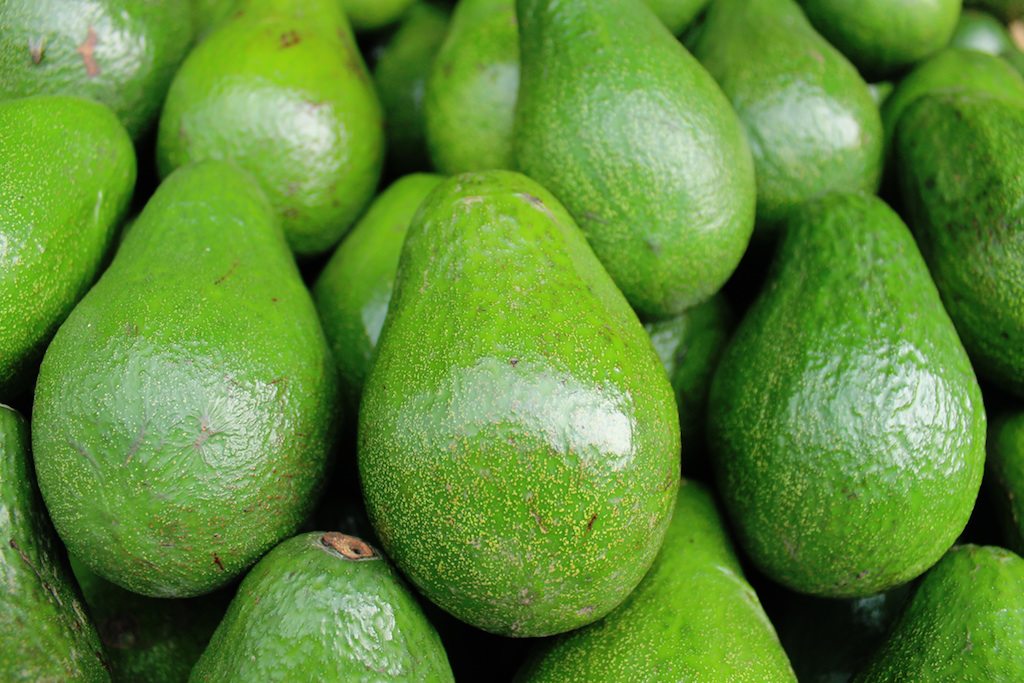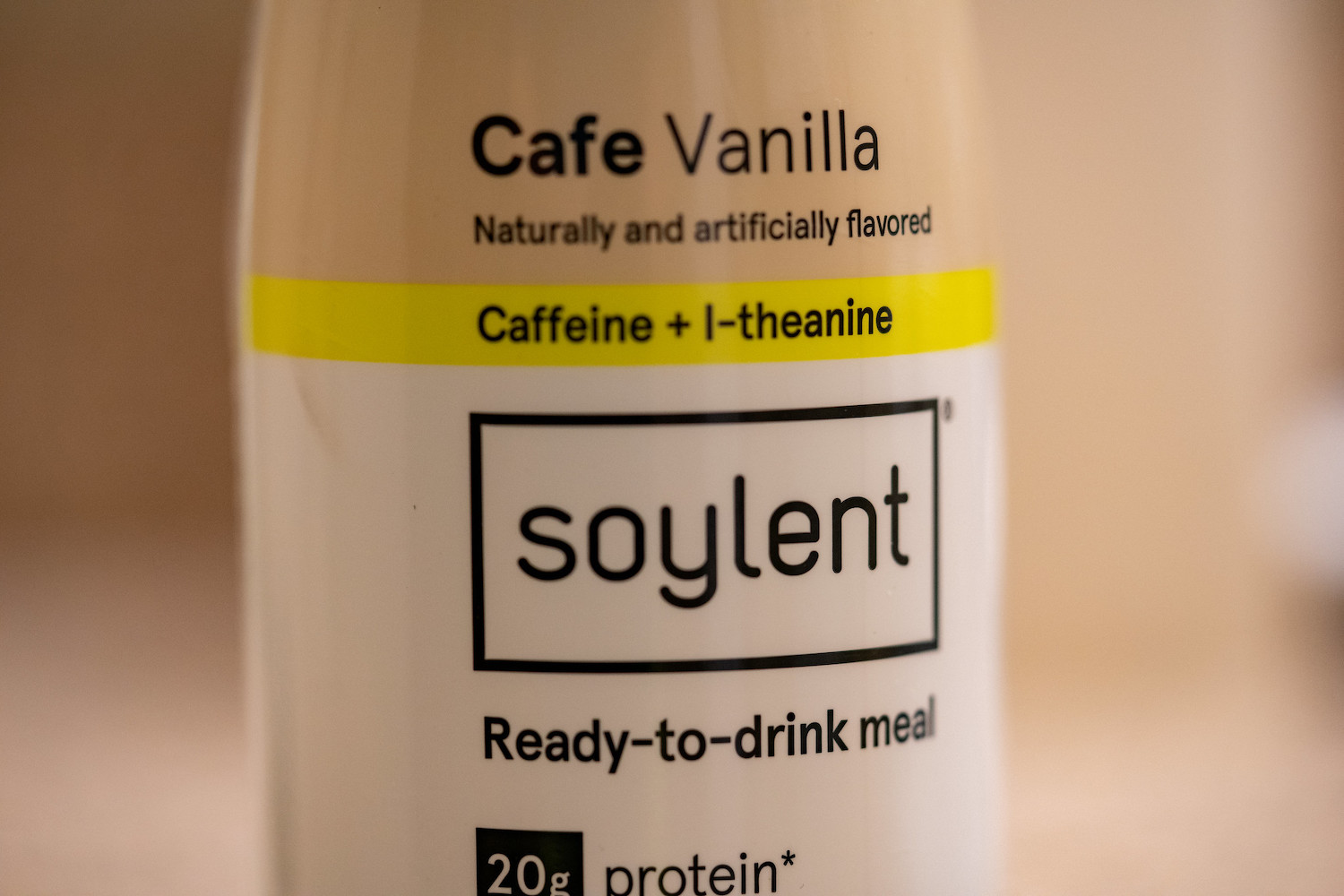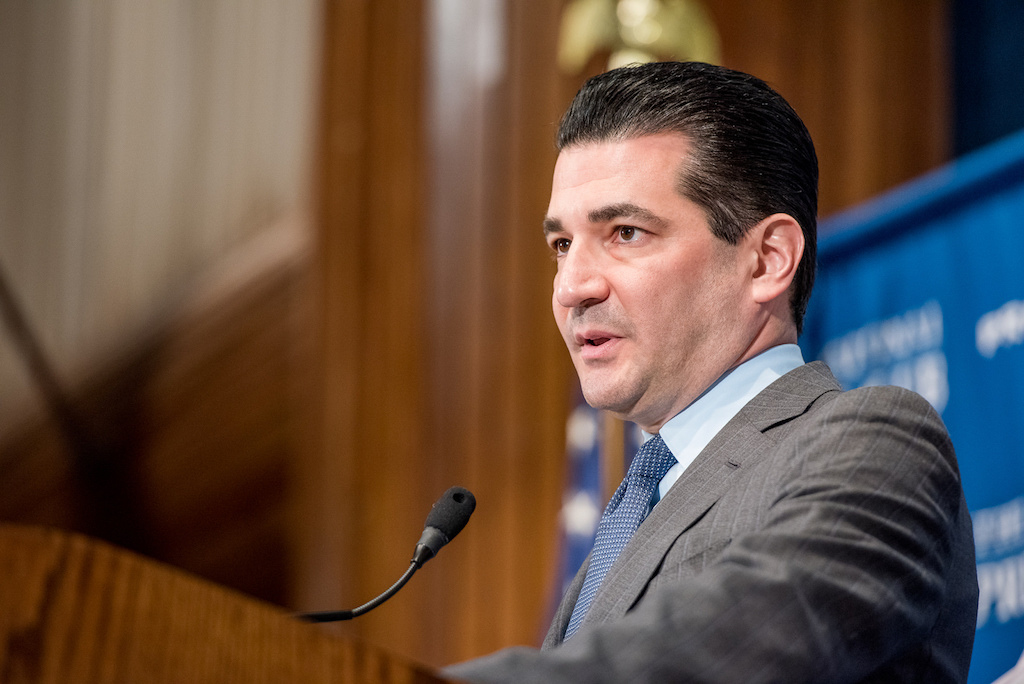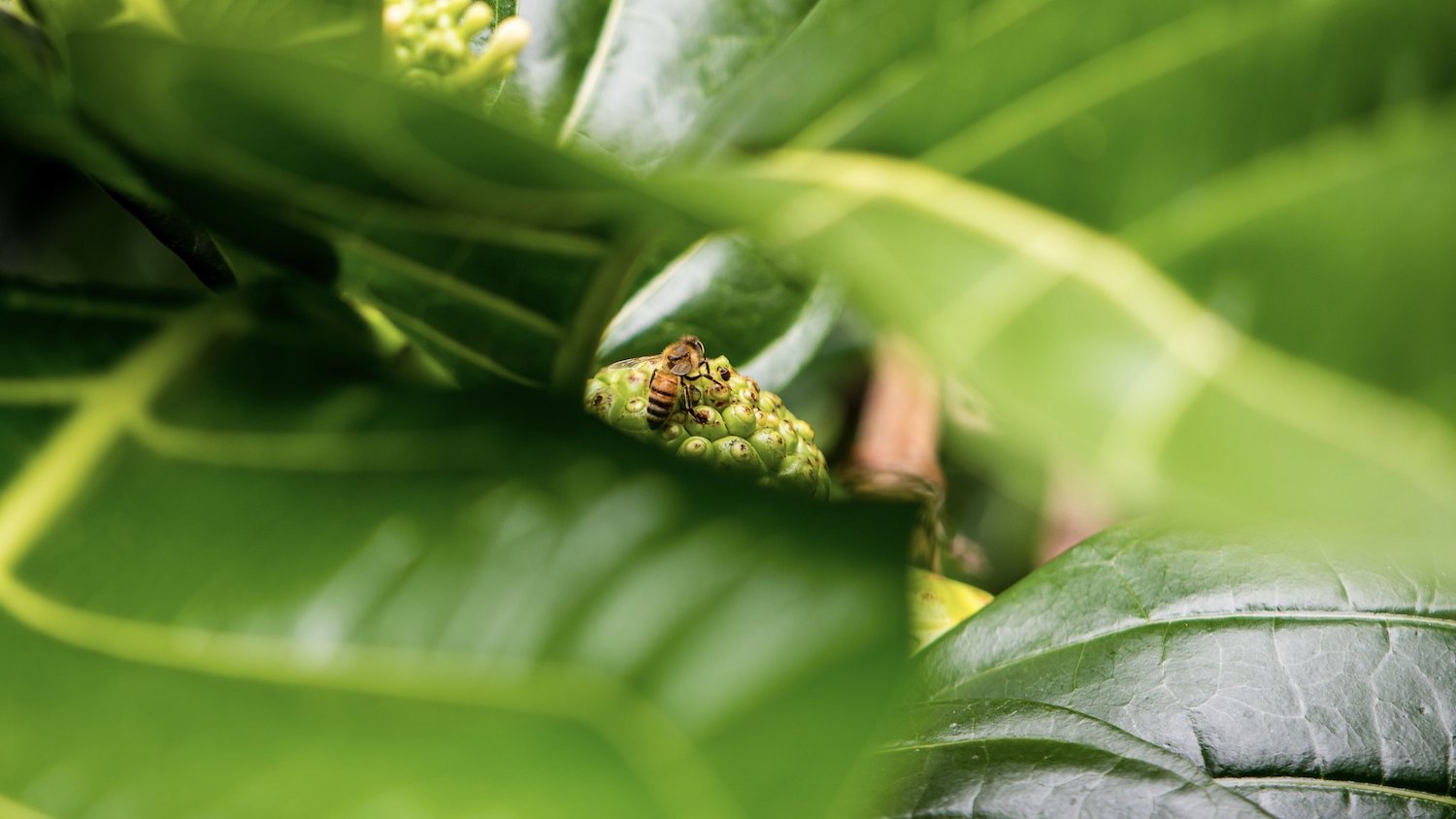This is the web version of a list we publish twice-weekly in our newsletter. It comprises the most noteworthy food stories of the moment, selected by our editors. Get it first here.
Above and beyond. The Trump administration’s payments to soybean growers—meant to buffer the harmful impacts of the president’s trade war—may be overcompensating them, Bloomberg reports. Six academic studies have all concluded that the U.S. Department of Agriculture overestimated the negative impact of trade disruptions on soy purchases when it calculated bailout payments.
For the people? Michigan’s court of appeals has ruled that Nestlé bottled water is not “an essential public service,” calling the company’s claim to be like a public utility “clearly erroneous.” The controversy began a couple of years ago when the township of Osceola, Michigan rejected the Swiss food and beverage giant’s plan to build a pump through a campground in order to expand its bottled water production. Nestlé sued, claiming bottled water should be a legally recognized public water source that trumps local zoning laws. By ruling in favor of the township, the court has blocked Nestlé’s expansion for now, The Guardian reports.
Hangover helper. Restaurant workers already struggle to take medical leave, often facing financial or professional repercussions when they’re injured or sick. Now, Chipotle employees face a new hurdle: In order to receive a paid day off, workers who call in sick are referred to on-call nurses to validate if employees are “really sick” and not hungover. Insider has the story.
Connect the pots. The definition of jambalaya, a Louisiana specialty, is intensely debated. So is its geographic origin. As part of a birthright trip to Ghana, a Civil Eats reporter re-examines the received wisdom that it’s a descendant of jollof, a similar rice dish, and was adapted by slaves brought to America. After months of research, she finds, one dish didn’t descend from the other. Jambalaya and jollof emerged at the same time—evidence that some parts of culture, “such as the level of spice in our food, or our affinity for one-pot rice dishes, transcend time, border, tragedy and triumph.”
The Real Deal. What does it really mean to proclaim a dish or a restaurant “authentic”? For its 2019 food roundup, Eater ruminates on the history of the buzzword and its gradual rise to becoming one of the most overused and contentious qualifiers. You’ll see it here, there, and everywhere—in listicles, in food reviews, and perhaps most visibly, proliferating among user-driven sites like Yelp and Foursquare. Part of the term’s popularity speaks to a turn from the popular “fusion” style cuisine of the ’80s and ’90s. But some of its critics are drawing attention to a related concern: That the word—originally meant to unburden marginalized food from western taste preferences—may still be unfairly constricting.
